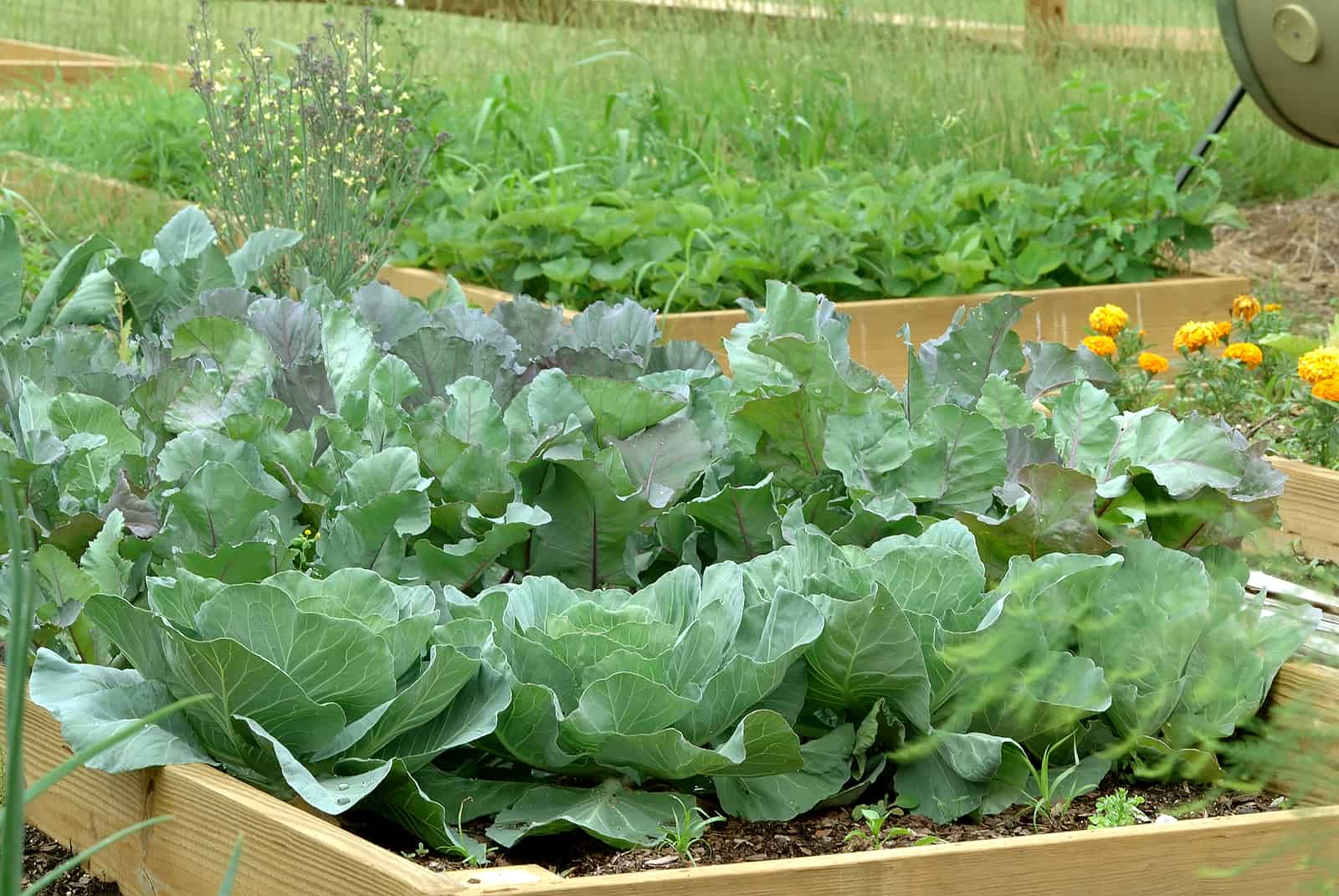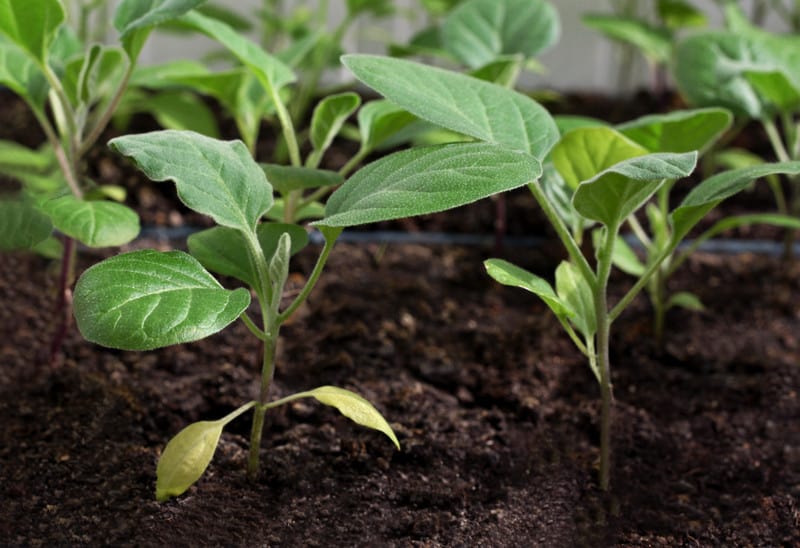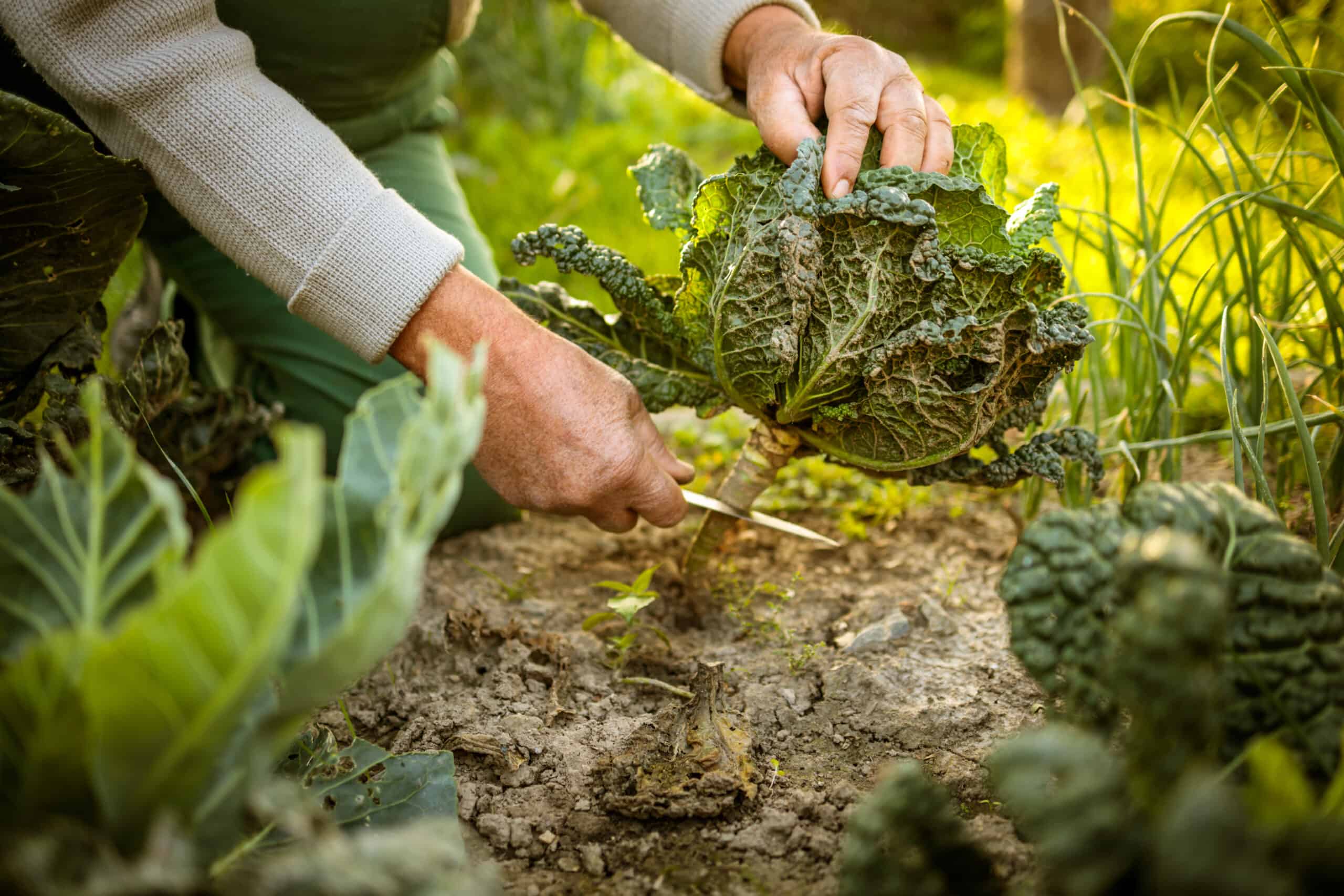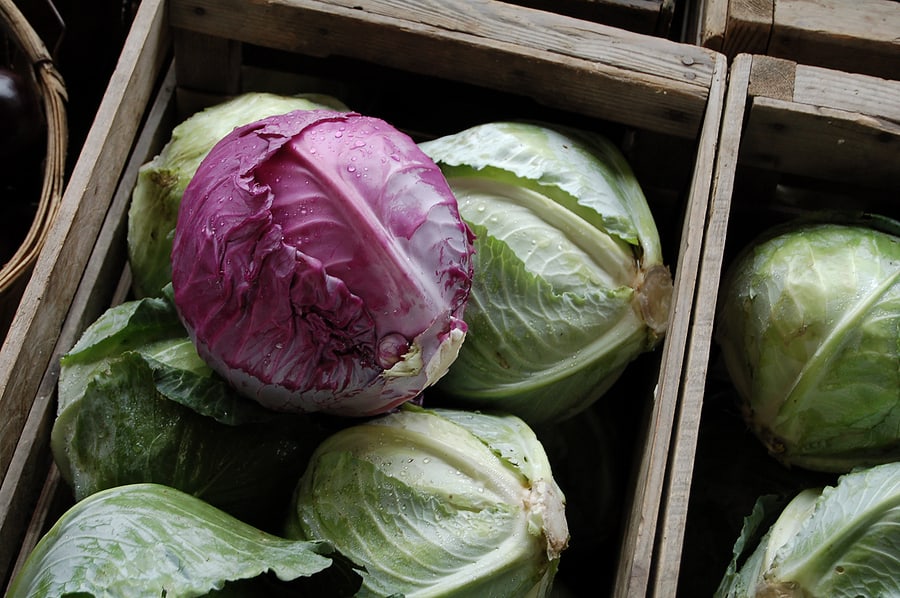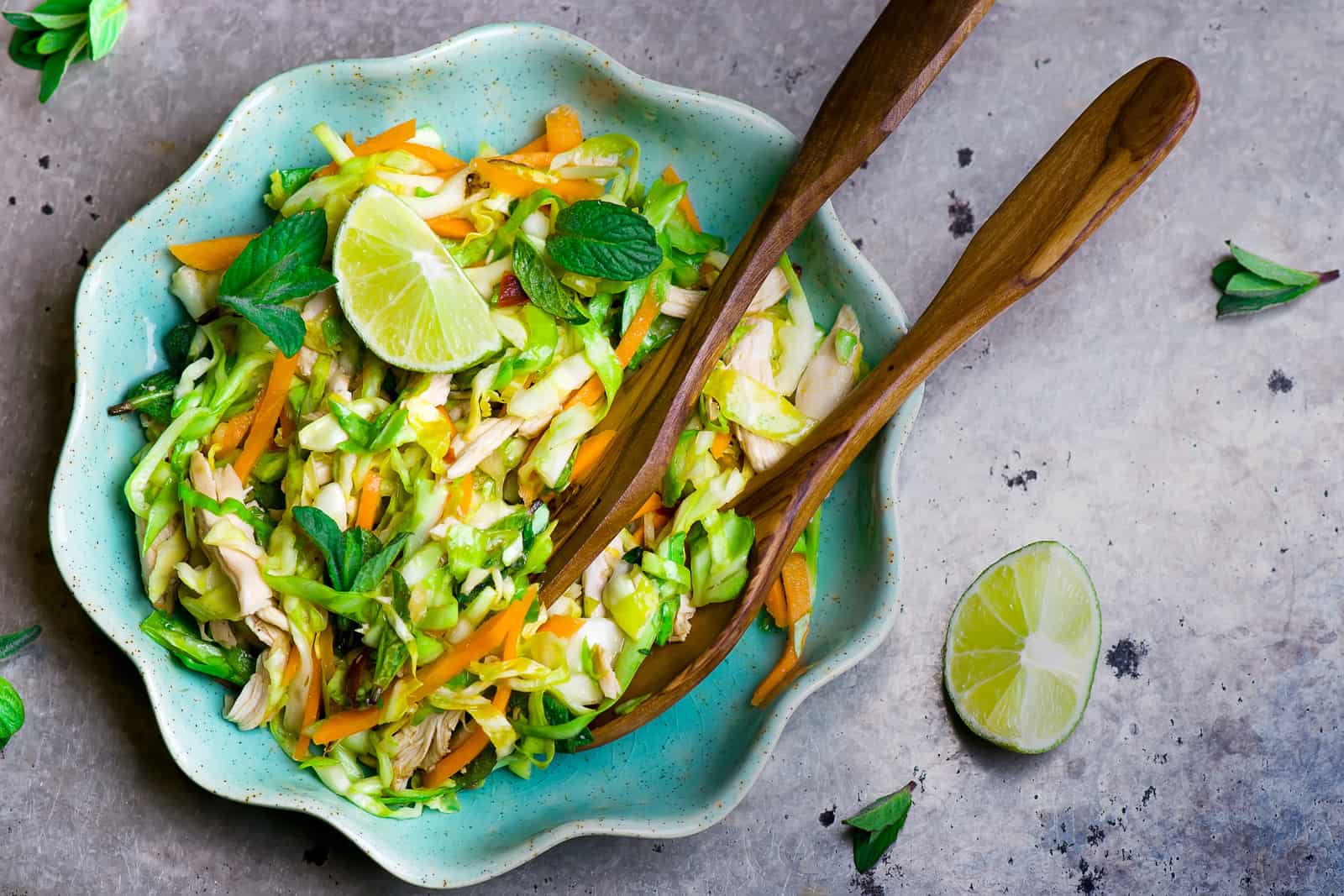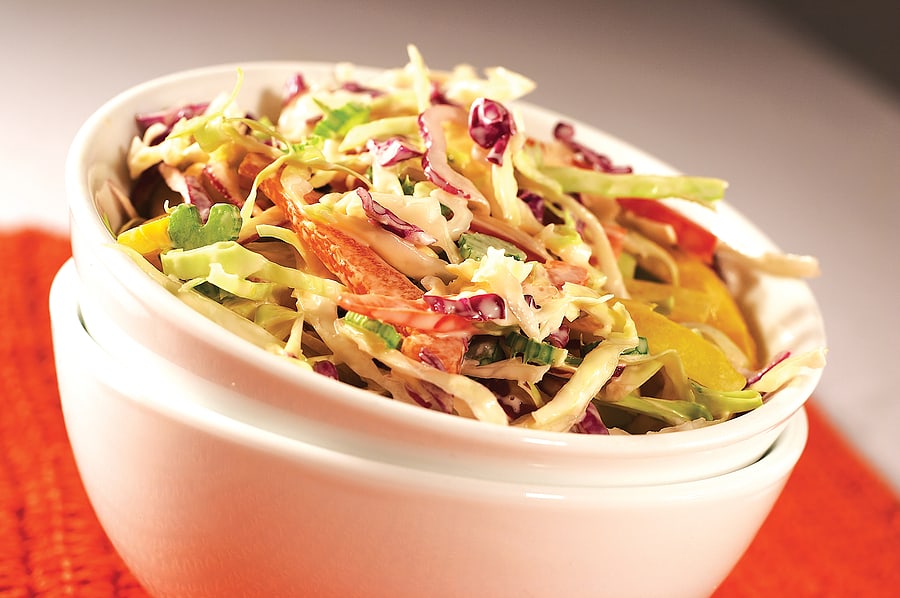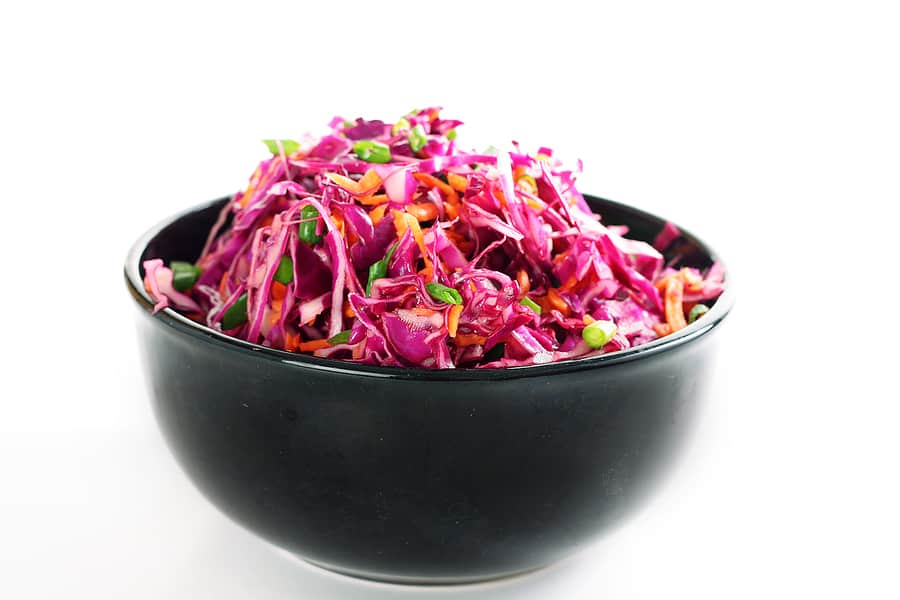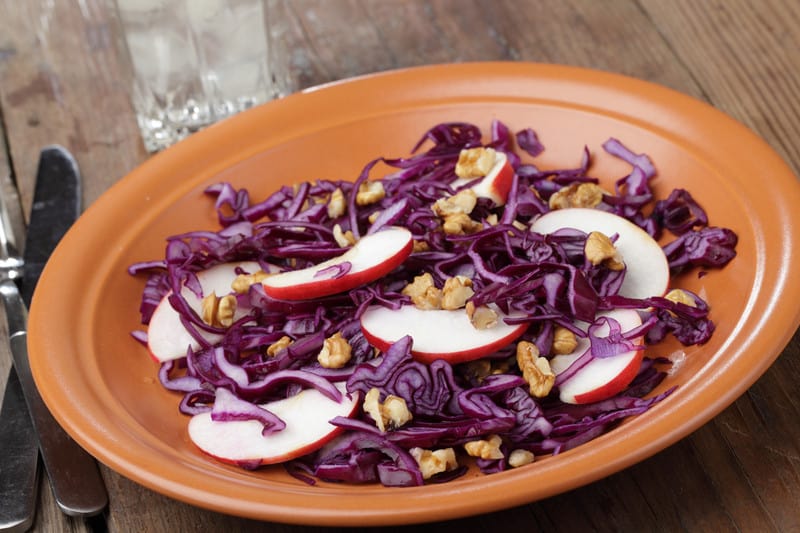Cabbage
Latest stories
More stories
-
How to Harvest and Store Cabbage
Harvest cabbage at any size after the head becomes firm and before it splits. Leave two to four wrapper leaves around the head to keep it from drying. Kitchen tips: Seven Ways to Cook Cabbage Growing tips: How to Plant and Grow Cabbage When to harvest cabbage How to harvest cabbage More tips at How […] More
-
Seven Ways to Cook and Serve Cabbage
Cooked cabbage can be crisp with a mild and sweet flavor. Cabbage also can be served raw in salads and slaws and on sandwiches and burgers. Cabbage comes to harvest during the cool and cold fall and winter months. There are three kinds of round-headed cabbage: white, red, and Savoy. The leaves of the white […] More
-
Cabbage Growing Problems: Troubleshooting
Grow cabbage as rapidly as possible. Give cabbage plenty of moisture and be sure to feed it through the season–a planting bed amended with aged compost and side dressings of compost tea every two weeks will do the job. Cabbage can be grown in three distinct crops: early, mid-season, and late. Early cabbage can be […] More
-
in Prepare
How to Make Sauerkraut
Sauerkraut is pickled white cabbage. How to make sauerkraut in a stone crock Finely sliced cabbage is placed in a stone crock, a hardwood keg, or a barrel and layered with salt. As the layers are built up, they are pounded down with a wooden mallet. Then the layers are covered with a clean cloth, […] More
-
Sliced Cabbage Salad Simply Made
Print Sliced Cabbage Salad Author Steve Albert Here’s an easy to make salad. All you need is thinly sliced green or red cabbage–or both. Instructions Toss the sliced cabbage with ½ teaspoon of salt and any of the following also thinly sliced–Chinese cabbage, celery, spinach, chard, turnip, carrot, parsnip, parsley, green onion, zucchini, cucumber, […] More
-
in Prepare, Recipes, Side Dishes
How to Make Cabbage Colcannon
Cabbage colcannon is a traditional Irish dish of mashed potatoes with milk, butter, and cooked finely chopped onions and cabbage. Easily you can substitute leeks for the onions and kale for the cabbage. Colcannon is a warming and hearty dish commonly served alongside corned beef, boiled pork, or bacon. The Irish often serve colcannon on […] More
-
How to Make Coleslaw with No Recipe
Simply put coleslaw is a salad made from shredded cabbage and along with other chopped or shredded vegetables bound with mayonnaise, vinaigrette, or other dressing and sometimes flavored with herbs or fruit. The word coleslaw comes from two Dutch words: kool meaning cabbage and sla an abbreviation for salad—koolsla. Coleslaw is sometimes called “cold slaw”—which […] More
-
How to Make Cabbage Soup with No Recipe
Cabbage soup is earthy with a subtle sweetness. With a few aromatic vegetables or some meat or lentils added, it makes an inexpensive yet flavorful and filling one-dish meal. Common green cabbage from the spring, fall, or winter garden is ideal for cabbage soup. Ratio. The ratio of liquid to solids can vary from 1:1 […] More
-
How to Make Savory Radish-Cabbage Coleslaw
Print Savory Radish-Cabbage Coleslaw Author Steve Albert Here’s an easy coleslaw you can put together right from the early spring garden. This coleslaw has a sophisticated radish bite to it. It’s savory. No sugar, so it’s not your average picnic slaw. We matched this slaw with grilled salmon and steamed peas and mushrooms and every […] More
-
How to Make Red Cabbage and Apple Salad
Red cabbage is particularly well matched to apples, red wine, and vinegar. The red cabbage leaf lacks the delicate flavor of the savoy cabbage. Rather it has a hearty, full flavor that stands up well to equally full-flavored foods. The red cabbage is ready for harvest when its head is firm and unyielding. It is […] More

